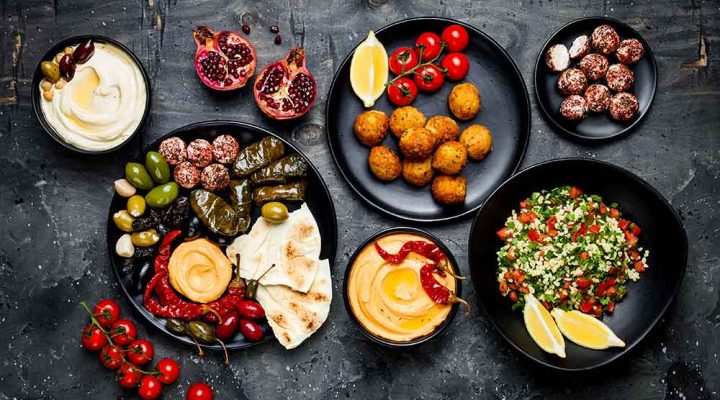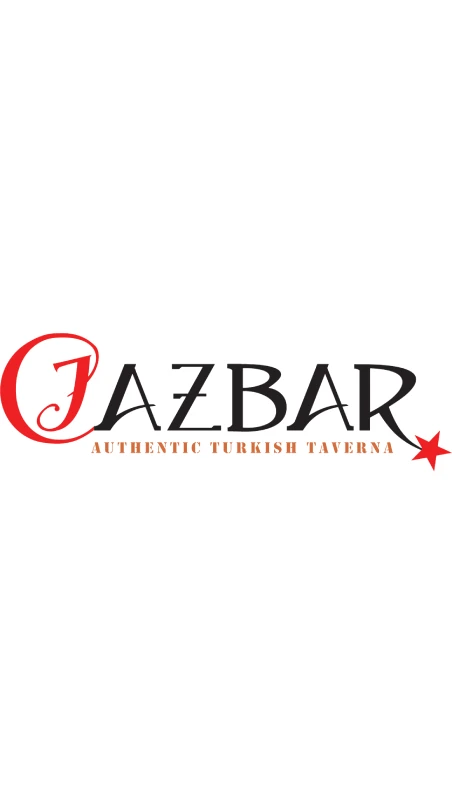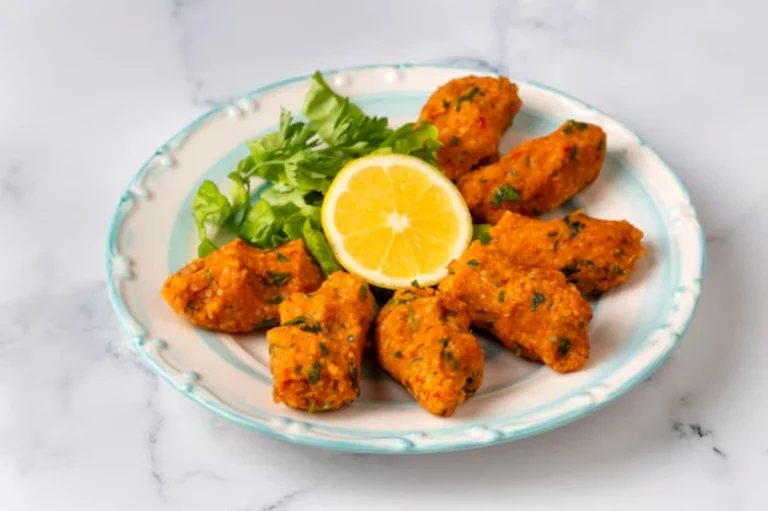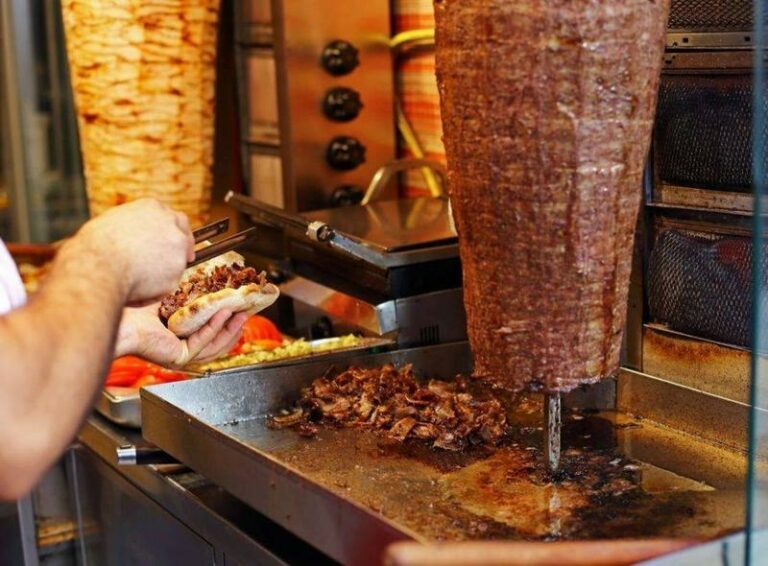Mezze is not just a meal, but a lively culinary tradition based on sharing and feasting. Hailing originally from the Middle East, mezze has turned into a wonderful selection of little dishes, each of which represents regional flavors and cultural importance.
This article will talk about what is mezze, short history of mezze, highlight some of the traditional and modern must-try dishes, and give suggestions on how to enjoy the experience of communal dining.
Key Takeaways
- Mezze Origins: Mezze came from the Middle East and now symbolizes one of the most colorful food traditions there—sharing smaller dishes.
- Cultural Significance: Mezzes are about the community approach that characterizes Middle Eastern dining—socializing over food.
- Varied Dishes: Iconic mezze dishes include hummus, falafel, kebabs, and salads, each having different flavors and textures.
- Regional Variations: Mezze dishes differ from country to country, which is representative of the cultural diversity in the Middle East and the Mediterranean.
Table of Contents
ToggleWhat is Mezze?
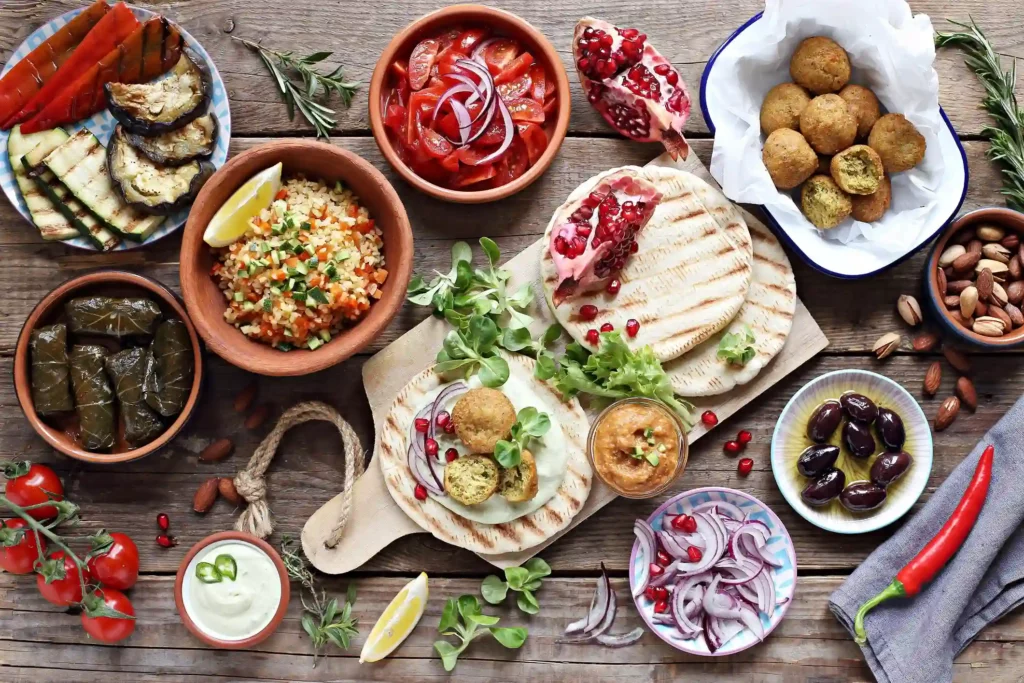

Mezze is a much-loved tradition in Middle Eastern and Mediterranean cuisine; it is a way of dining based on a variety of small flavorful dishes eaten together. While most appetizers are simple, mezze are courses designed to comprise a full meal, both cold and hot, of vegetables, meats, dips, and bread. It’s not a meal; it’s a way of eating that is social and involves sharing and talking around the table.
Mezze makes its appearance in the dietary traditions of countries such as Greece, Turkey, and Lebanon. Each country is kind of a seal for a different choice of dishes, culminating in a kaleidoscopic spread of flavors and textures. From a spread of hummus and baba ganoush, stuffed grape leaves, and grilled kebabs, mezze spreads out the very essentials of group eating, turning it into a gala of food and culture.
The History of Mezze
The history of mezze is rather long and intricately linked with the traditions of Middle Eastern and Mediterranean cultures. This way of dining includes a variety of small plates that have been developed over centuries. It puts a strong emphasis on the sharing of food among friends and family, which cultivates a communal experience embodying the cultural heritage of the region.
Mezze is developed over time, allowing it to take on board very different arrays of flavors, spices, and various local ingredients that differ from one country to another. Much of this diversity makes mezze a unique representation of the food culture characteristic of the Levant. Dishes like hummus, baba ganoush, and olives do not simply please the palate; they narrate a story of cultural importance and evolution.
Origins and Evolution
Mezze is derived from ancient civilizations, where the act of serving food in small plates was characteristic of communal dining.
What began as an age-old practice has grown to become a dynamic culinary art today, revealing a huge range of flavors and textures. While different cultures and societies intermingled with each other through trade and migration, they introduced new ingredients and ways of cooking that enhanced the mezze experience.
Dishes went from flatbread with olive oil to elaborate spreads of food with delightful flavor mixes like spicy dips, vegetables in marinades, and infused meats. It is a celebration that signifies not only a meal but one of community since each small plate tells a story of cultural exchange and creates a feeling of togetherness around the table.
Top Mezze Dishes to Try
When discussing Mezze, there are some exquisite dishes that you need to try. The exuberant use of herbs, spices, and locally sourced ingredients makes it a culinary experience that does not just feed hunger but asks for delight and conviviality. Delicious dips coupled with warm pita or fresh vegetables make for the perfect accompaniment to add value to a mezze dining experience.
1. Hummus
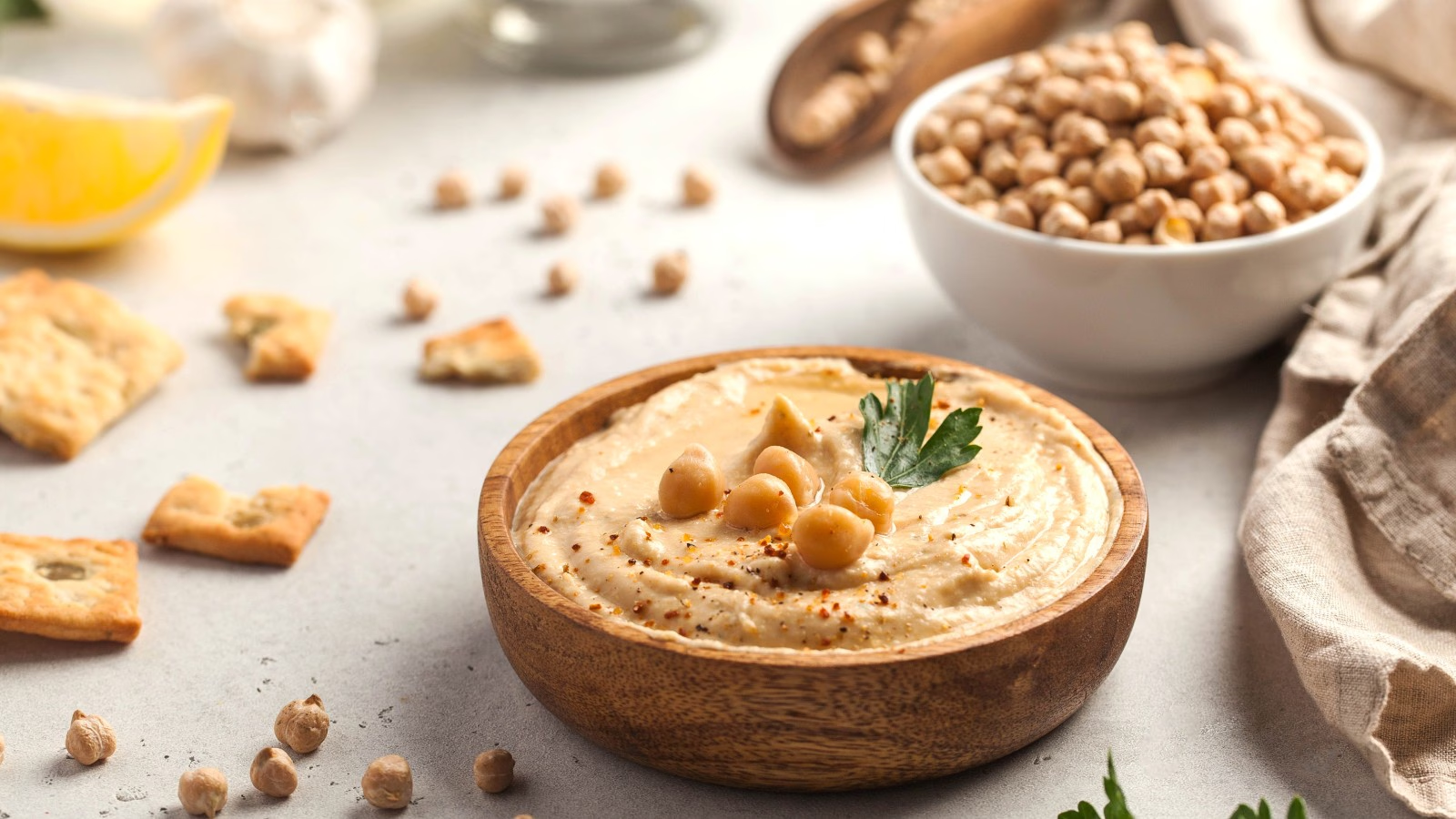

Hummus is one of the essential mezze dishes to gain worldwide popularity for its smooth texture and highly adaptable flavor. The rich, savory dip blended with chickpeas, tahini, lemon juice, garlic, and olive oil would not be complete without a rightful place on any mezze platter. Smooth, nutty flavors are balanced with a slight tang to make the perfect counterpoint to warm pita bread, fresh vegetables, or as a sandwich spread. Whether it’s served plain or sprinkled with paprika, pine nuts, or parsley, hummus is a must-try for any foodie embarking on his inaugural taste of Middle Eastern cuisine.
2. Falafel
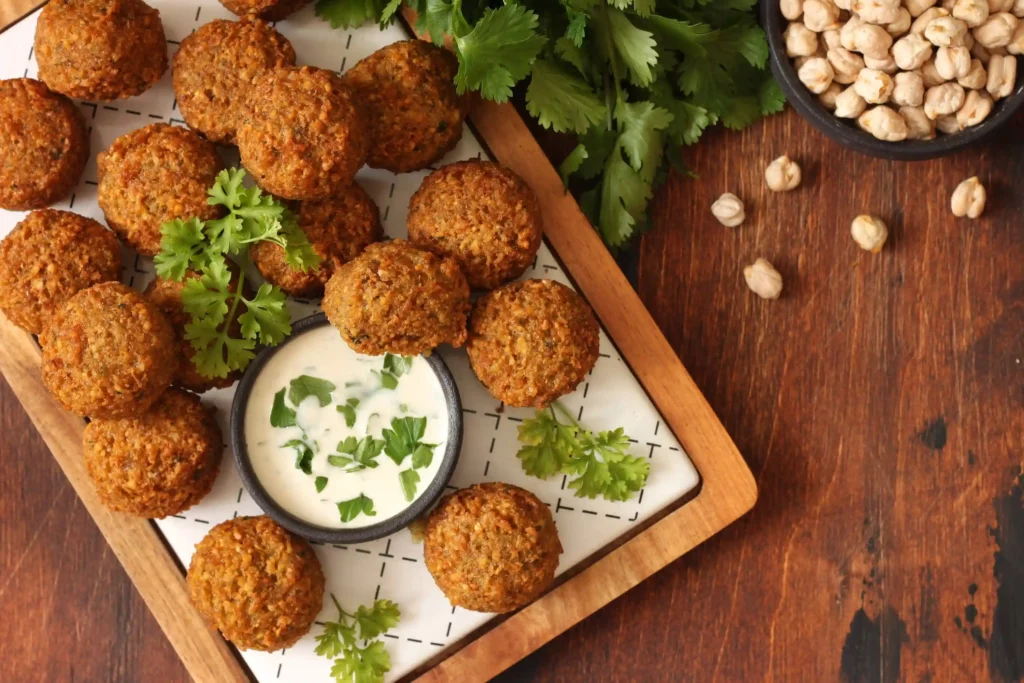

Falafel is a deep-fried ball or patty made from ground chickpeas or fava beans and is also a canonical dish in mezze. Crispy on the outside, and tender on the inside, falafel offers an explosion of flavor and freshness from herbs like parsley and cilantro, combined with spices such as cumin and coriander. It is served with tahini, fresh vegetables, pickles, and either on its own or as filling in pita bread. It is in a great, bold flavor with a contrasting texture that explains why both vegetarians and meat lovers enjoy falafel by taking a hearty and flavorful bite.
3. Kebab
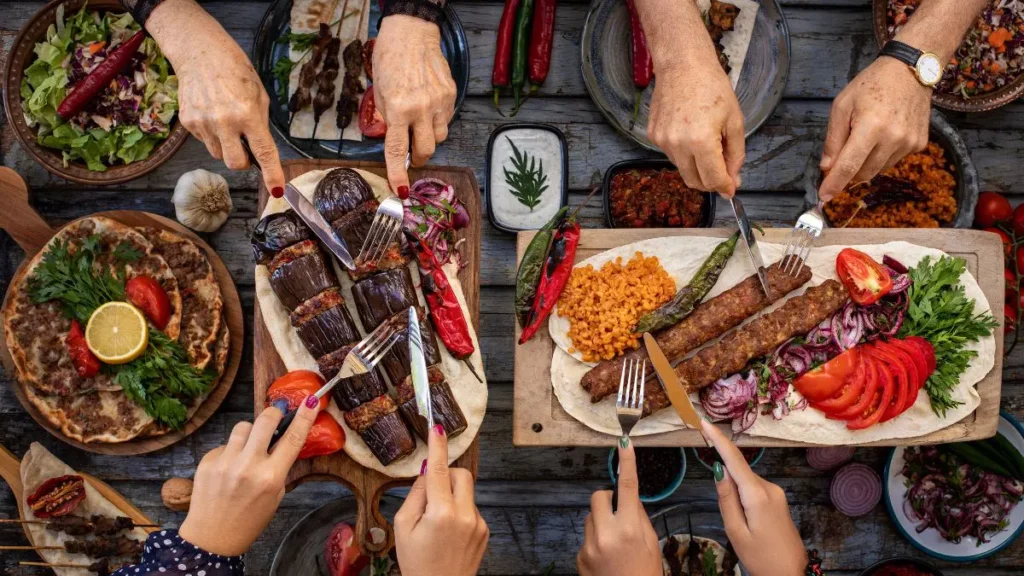

Kebabs are usually grilled from lamb, beef, chicken, or a mix of all, which has become one of the main items not to be missed in any Mezze serving. The meat gets marinated first, then it is skewered and cooked on an open flame to perfection. Succulent and smoky, kebabs are usually served with grilled vegetables and fresh salad on the side, accompanied by either yogurt or garlic sauce for different tastes in every bite. Kebabs provide juicy, tender meat and heady scents of seasonings that add variety to a mezze table of lighter dishes, making it a savory, full option for those who enjoy heartier fare.
4. Salad
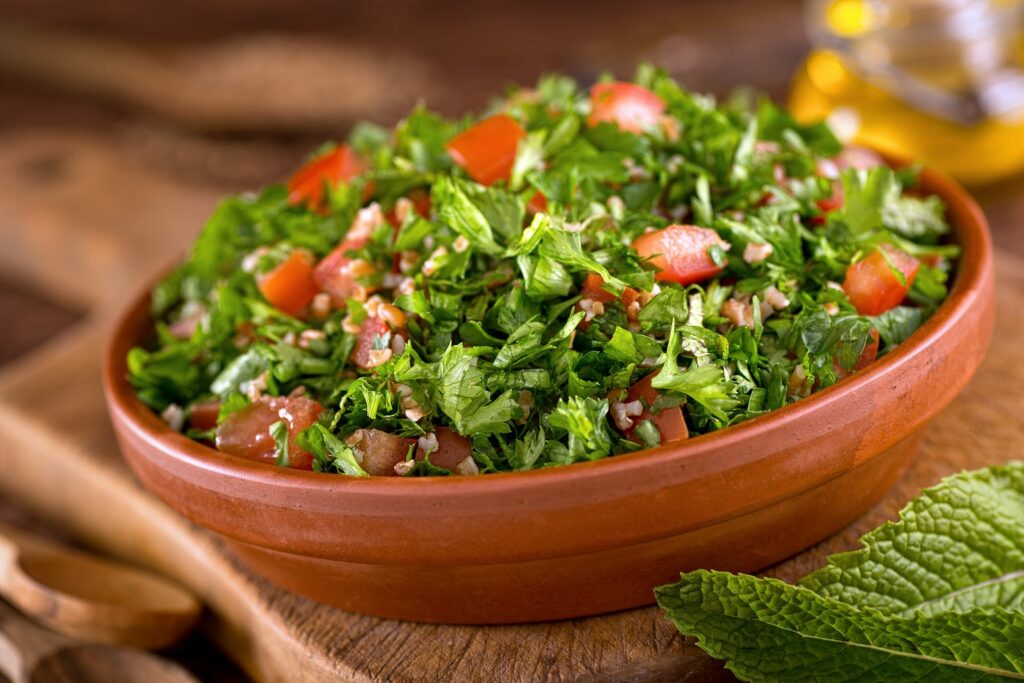

Mezze salads, like tabbouleh or fattoush, play an important balancing role with their fresh, lively flavors against the richness of some of the other dishes. Far from the robust flavors of the other dishes described, tabbouleh brings contrast with its finely chopped parsley, mint, tomatoes, and bulgur wheat salad in a lemony dressing.
The second salad is the fattoush, with its crisp vegetables—cucumbers, tomatoes, radishes—joined by crispy bits of toasted or fried pita bread, all in a tangy sumac dressing. These salads not only add color to the Mezze but also offer a light and healthy option to the overall dining experience
5. Bread
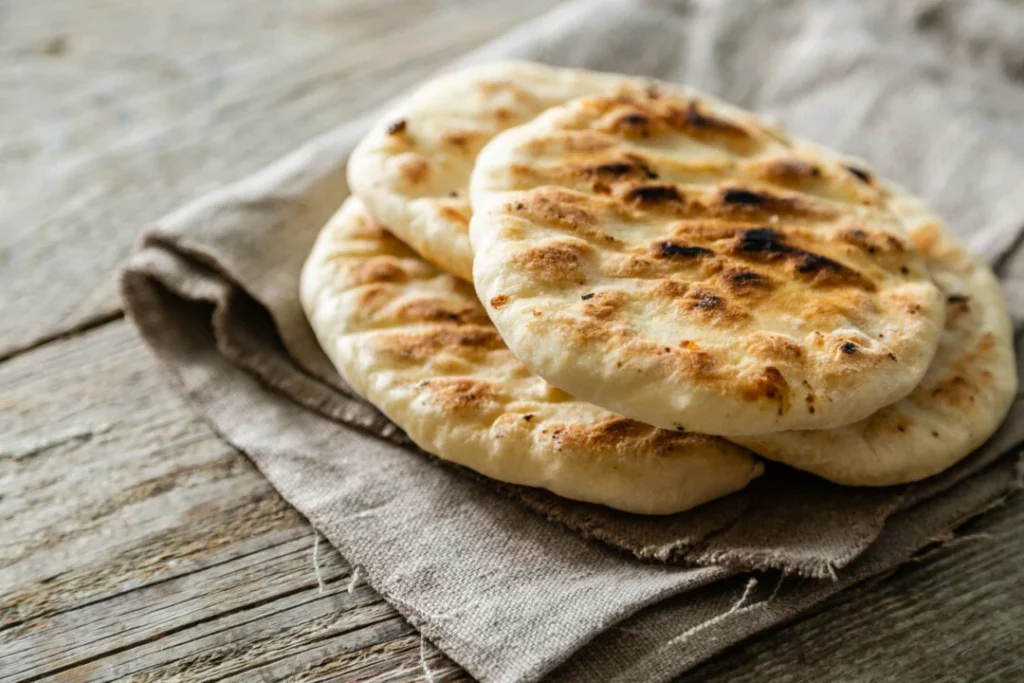

Bread, more so pita, is an important part of the Mezze experience. It makes for the perfect vehicle in scooping up dips and supplementing most other offerings. Warm, soft, a bit springy, pita bread, fresh from the oven, is waiting to be torn apart and paired with hummus, baba ganoush, or any of the other scrumptious dips on the table.
In addition to pita, there may be some other forms of bread, like maybe some lavash or flatbread. Not only does the bread complete the platter of mezze, but it also provokes a casual dining tradition through which it is passed and shared among members seated at the table. This indeed reflects the spirit of mezze as a social and interactive meal.
Further reading: Turkish Vs Greek Food: Your Guide To Mediterranean Cuisine
How to Enjoy Mezze
Savoring mezze is more than just indulging in good food; it creates the experience of rich dining together. Sharing small plates with your family or friends creates unforgettable moments of feasting.
The artistry of mezze lies not only in the tasteful flavors but also in the presentation and relation of different dishes with one another. When giving a mezze party, an arrangement that you may want to include could be a platter that offers some tasty dips like hummus and baba ganoush, along with some crispy falafel and refreshing salads such as tabbouleh.
Regional Differences in Mezze
Mezze differs a lot from one region to another, where almost every country lends its personal touch to this much-loved method of dining. This mirrors the rich tapestry of cultures of the Middle East and the Mediterranean.
Consider Lebanon’s tabbouleh. Fresh parsley and bulgur wheat make up this very flavorful Lebanese dish. Or take Turkey’s mücver, a savory pancake of zucchini that puts front and center the country’s affection for fresh produce. Each dish tells truly of local ingredients and culinary practices.
Greece adds its own flair with such dishes as the tzatziki—a garlic-and-cucumber-drenched yogurt dip epitomizing the fresh and healthful ingredients of Mediterranean cuisine. Syria provides the famous baba ghanoush, made of roasted eggplant, which smacks that region’s love for smoky flavors and traditional cooking techniques.
These mezzes are a choice not only to delight one’s palate but also a culinary bridge that gives food lovers a push toward experiencing the rich heritages and traditions of convivial dining in each culture.
Where Can You Try Mezze?
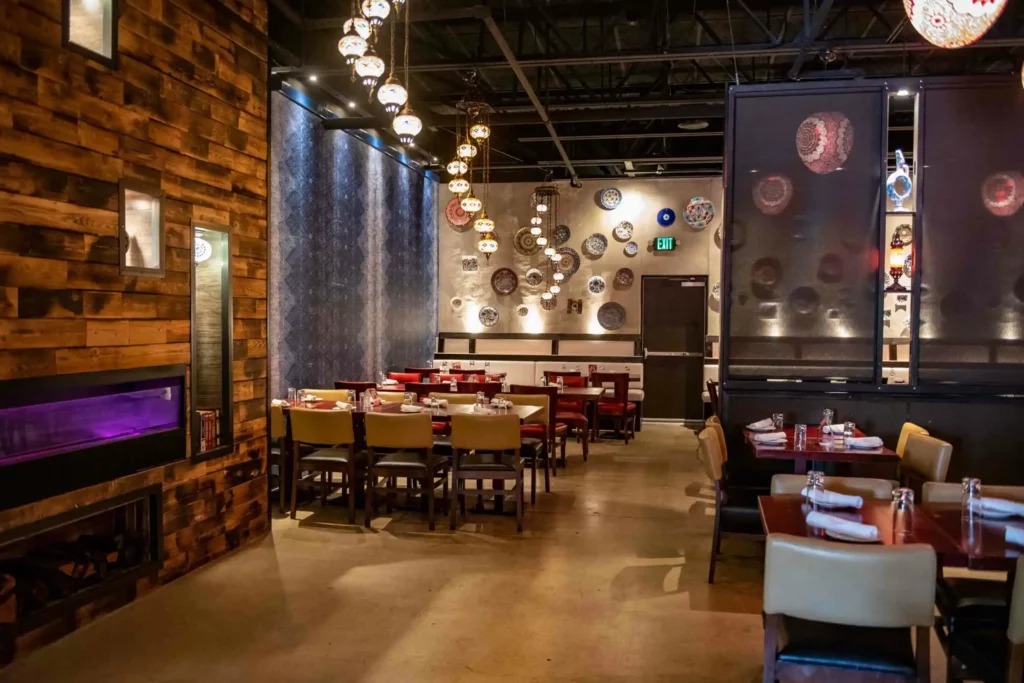

Mezze goes beyond simply being a meal; it represents a social and cultural experience that captures the essence of sharing food. This practice brings people together during both festive occasions and everyday gatherings.
If you are willing to try out a real mezze, there are plenty of spots across the globe to taste these wonderful small plates. From classic restaurants in Greece and Turkey to modern Mediterranean restaurants that relish this portion of the meal, you can try it wherever you want. In Maryland, Cazbar Restaurant tops the list by offering Turkish mezze. Located in Baltimore, Cazbar offers the finest variety of mezze dishes, skillfully prepared to bring a taste of Middle Eastern dining with rich flavors and a communal spirit to Maryland.
Conclusion
Mezze is much more than just food; it represents the celebration of culture, community, and the absolute pleasure of sharing a meal. From its rich history to the variety of dishes and regional variants, mezze offers a unique dining experience that unites people and traditions together in both the Middle East and the Mediterranean. Enjoy it at home or in a restaurant like Cazbar in Maryland, the enjoyment of mezze lies in savoring the flavors and making warm memories with loved ones.
Frequently Asked Questions
What is mezze?
Mezze is a style of dining in the Middle Eastern and Mediterranean regions, similar to Spanish tapas or Italian antipasti. It consists of a variety of small dishes, served with bread, and meant to be shared among diners.
What is the history behind mezze?
The origins of mezze can be traced back to ancient Persia, where it was a way for royalty to showcase their wealth by serving a variety of small dishes to their guests. It later spread to the Ottoman Empire and became a popular dining style in the Middle East and Mediterranean regions.
What are some popular dishes in a mezze spread?
Some popular dishes in a mezze spread include hummus, tabbouleh, falafel, stuffed grape leaves, and kebabs. These dishes are often served with pita bread, olives, and pickled vegetables.
Can mezze be a meal on its own?
Yes, mezze can definitely be a meal on its own. In fact, in many cultures, it is the main meal of the day. Mezze dishes are often filling and can offer a variety of flavors and textures, making it a satisfying dining experience.
Are there vegetarian options in a mezze spread?
Yes, there are plenty of vegetarian options in a mezze spread. Many mezze dishes are plant-based, such as hummus, baba ghanoush, and falafel. In fact, vegetarian mezze spreads are quite common and offer a variety of delicious options for non-meat eaters.
What is the best way to enjoy a mezze meal?
The best way to enjoy a mezze meal is to gather a group of friends or family and share several dishes together. This allows everyone to try a variety of flavors and creates a communal and social dining experience. Don’t forget to dip your pita bread in all the delicious spreads!

